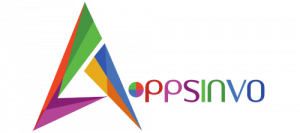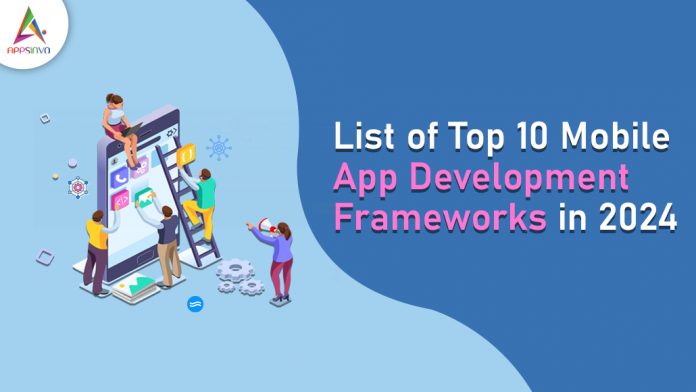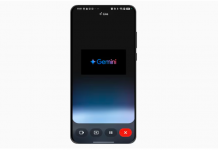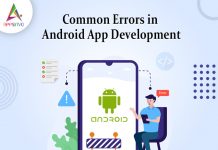With the development of smartphones and the growing number of mobile users around the entire globe, many business owners and entrepreneurs are focusing on developing mobile applications for their companies. Through establishing itself in the digital world, the app development for mobile devices market has achieved an unprecedented CAGR of approximately 23.8% and is expected to reach $366.93 billion by the end of 2030.
If you look at current market trends and understand the situation, the ruler is a mobile app. Mobile apps have many advantages in terms of speed and efficiency, as well as the ability to work offline and easily. The features and characteristics of mobile apps have compelled many businesses to transition from web apps to mobile apps.
Your business can achieve its full potential through the use of mobile app development services. However, Mobile App Development Frameworks such as Flutter, React Native, and Xamarin play an important role in creating feature-rich and successful mobile applications. Because of frameworks, the app’s features and functionality have captured the hearts of users.
Defining the List of Top 10 Mobile App Development Frameworks in 2024
1. React Native
2. Flutter
3. Xamarin
4. Ionic
5. Mobile Angular UI
6. JQuery Mobile
7. Corona SDK
8. Native Scripts
9. Swiftic
10. PhoneGap/Cordova
A mobile development framework is a comprehensive tool that enables developers to create successful mobile applications. Thousands of mobile app development frameworks work in the background to ensure the success of a mobile application.
Aspects of powerful applications provide the best user experience. Top mobile app frameworks provide developers with access to a collection of APIs, code libraries, SDKs, and other components necessary to create a competitive mobile app solution
React Native is one of the most popular and effective JavaScript libraries for developing Android and iOS applications. React Native allows you to create native applications for all devices and platforms. It is a free and open-source cross-platform framework created by Facebook.
1. React Native

React Native enables developers to create high-performance apps with faster deployment times in a short period. It uses JavaScript to help you create rich, intuitive, and amazing apps. It has become one of the most popular mobile app development frameworks in 2021.
React Native encompasses a core set of platform-agnostic native components such as Views, Text, and Images that are mapped to each platform’s native UI building block. It supports JavaScript, which is required for full-stack development.
Features:
Support for Third-Party Libraries
Declarative API for predictive UI
Live reload
Virtual DOM
One-way data binding
Accelerate development
Modular and intuitive
Examples:
Facebook
Soundcloud
Airbnb
Instagram
UberEATS
2. Flutter
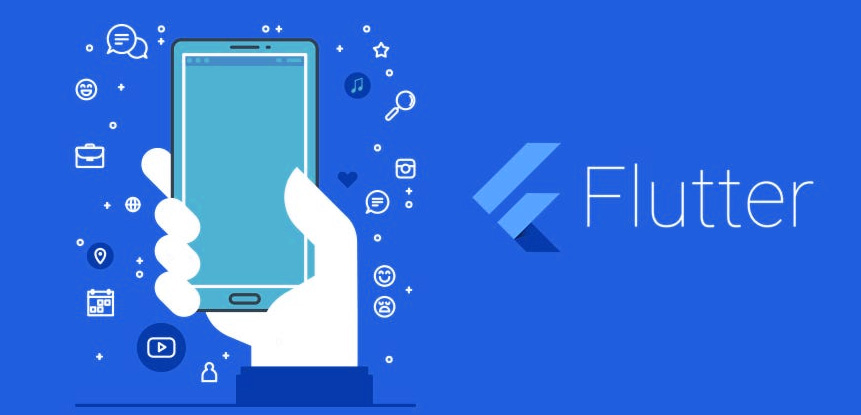
Google released Flutter, an open-source mobile app SDK. It is Google’s UI toolkit, which allows you to create beautiful, natively compiled mobile, web, and desktop applications using a single code base.
Flutter widgets support all critical platform variations, including scrolling, navigation, icons, and fonts, eliminating the need for platform-specific UI components. Flutter develops visuals with ‘Skia’, a 2D rendering engine. The One Technologies has some of the best flutter developers.
Features:
Highly customizable UI design
Access to native features
Publicly accessible
Hot reload
Built-in material design
Increased time-to-Market speed
Rich motion APIs
Own rendering engine
Strong widget support
Examples:
Alibaba
Google Ads
Reflectly
Cryptograph
3. Xamarin
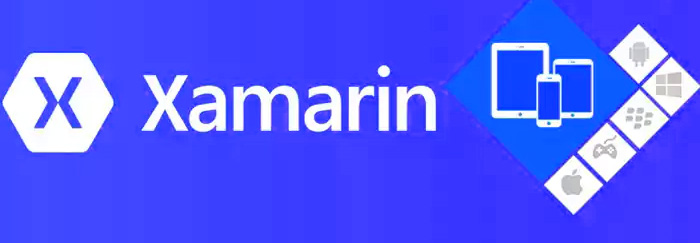
Microsoft developed Xamarin, an open-source, cross-platform app development framework, to help developers create the best mobile apps by leveraging the.NET software framework and the C# programming language. It offers flexible native performance, allowing businesses to provide a unique user experience to their customers.
It is an abstraction layer that manages communication between shared code and the underlying platform code. It enables developers to create an ecosystem that includes a backend, API, and components. It is backed by a variety of tools, libraries, and programming languages. It enables you to create apps for Android, iOS, macOS, watchOS, tvOS, and Windows with the help of a thriving community.
Features:
Native platform support.
Code Reusability
Diagnostic tools
Application Loader
Android SDK Manager
Storyboard files
Google Emulator Manager
Open-source technology with corporate support.
Complete development ecosystem
Compatible with wearables, IoT, and television.
Examples:
Azure Mobile App
UPS Mobile App
Alaska Airlines
Microsoft News App
Outback Steakhouse
4. Ionic

Ionic is a free and open-source framework based on Angular and Apache Cordova that enables developers to create apps for three different platforms: iOS, Android, and Windows. It is used to create cross-platform mobile applications with seamless mobile performance. Every mobile app development company uses this framework to create a robust and feature-rich native application.
The main advantage of the Ionic framework is that mobile app developers can incorporate several kinds of UI elements into their application design. These user interface elements include list views, filters, forms, action sheets, navigation menus, and tab bars. It enables developers to create high-performance, interactive hybrid, progressive web, and cross-platform mobile applications.
If a developer understands HTML, JavaScript, or CSS, the Ionic framework may be the best option.
Features:
Intuitive UI components
Easy and quick to develop.
Cordova plugin includes
JavaScript components.
Framework Compatibility
Strong community support.
Complete control over application development
Examples:
Instant Pot
GE Transportation
Sworkit
Market Watch
Amtrak
5. Mobile Angular UI
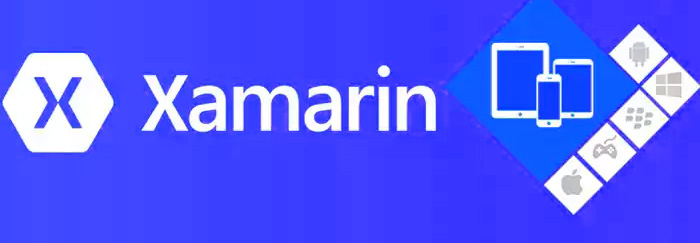
An open-source UI framework identified as Mobile Angular UI combines AngularJS, Bootstrap, and HTML5. You can quickly learn Mobile Angular UI if you are familiar with AngularJS and Twitter Bootstrap.
Developers can use JavaScript libraries such as Overthrow.js and FastClick.js with the Mobile Angular UI framework. This framework is ideal for contemporary web and mobile applications.
With some of the helpful elements of this framework, like overlays, switches, sidebars, scrollable sections, etc., it gives users the best possible experience.
Features:
Build HTML5 hybrid desktop & mobile apps
No jQuery dependencies
Build fully responsive interfaces with a super-small CSS file
Developer’s community
Easy conversation from the web to mobile apps
Responsive framework
Number of default controls
Examples:
Hotelier News
Zaobao Mobile Website
Gunks
iKeyBox
Guezz It
6. JQuery Mobile

Programmers can use the JQuery Mobile framework, also known as an HTML5-based user interface system, to create incredibly responsive desktop, tablet, and smartphone applications. One of the most popular frameworks for developing mobile apps that allows for theme customization is this one.
Moreover, it supports Firefox extensively on Windows, Kindle, MacOS, and Blackberry.
Features:
Gradual improvement and graceful decline
Rich Internet Applications that are accessible (ARIA)
UI widgets and themeing.
Simple API that allows for inputs that are easy to use.
JQuery mobile apps facilitate simple SEO optimization.
In harmony with alternative frameworks such as Apache Cordova.
It weighs little and offers clear, simple API support.
Examples:
Bobcares
On-demand
Biotech
Bubble.io
Sapsf
Plateau
7. Corona SDK

Corona is a free and open-source cross-platform framework for developing mobile gaming apps for mobile devices, desktops, tablets, and smart TVs. It is powered by a Lua-based framework, a lightweight scripting language allowing for faster, easier, and more customizable app development.
Corona SDK is a popular and effective tool for quickly developing cross-platform mobile apps. It will work well on a variety of platforms, including iOS, Android, and Nook.
Features:
Cross-platform framework
Real-time simulation
Call any native library.
Live testing is completely free.
High speed and performance.
Easy setup
Examples:
Designer City
Gunman Taco Truck
Beasts Battle 2
Zip Zap
Guezz It
8. Native Scripts
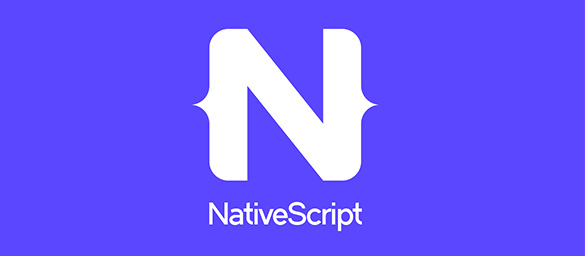
It is an open-source framework for building high-quality native mobile applications using Typescript, Angular, JavaScript, CSS, and Vue.js. Native Script is an excellent framework for developing applications while reducing code length and development time. Native scripts are effective and have great built-in features, empowering the platform among many prominent companies.
Features:
Native API reflection
Fast and responsive software performance
Angular integration
Hot module replacement.
Simple to setup.
Rich animations
Bundle workflow
Example:
Strudel
BitPoints Wallet
Daily Nanny
Regelneef
Dwitch
9. Swiftic

It is one of the frameworks that may assist you with a perfect mobile app. The best part is that you can create an app without coding, and it can be made at an affordable price.
Features:
Reflection on native APIs
Software performance is fast and responsive.
Integrating with Angular
Replace hot modules.
Easy to set up
rich animations
Bundle workflow.
Example:
pa Cafe
Muve Magazine
The gentleman’s barber
10. PhoneGap
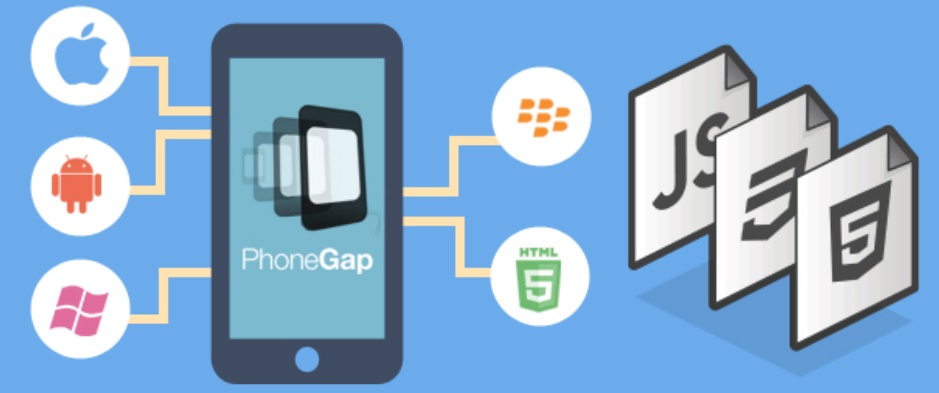
PhoneGap (also known as Apache Cordova) is a popular framework that allows developers to build Android apps with HTML, CSS, and JavaScript. It converts the web code into a native WebView that allows access to device features. PhoneGap/Cordova has a robust plugin ecosystem and supports multiple platforms.
Conclusion
Frameworks are the most important and useful tools for building web and mobile applications. Furthermore, the frameworks pointed out beyond are in effect in 2023 as well as will continue to be so in 2024 for high-end app development. If you’re a developer, start using these frameworks to create more feature-rich, robust mobile apps for your project. You will undoubtedly find it extremely interesting and easy.
Given Below are Some Related Blogs |

